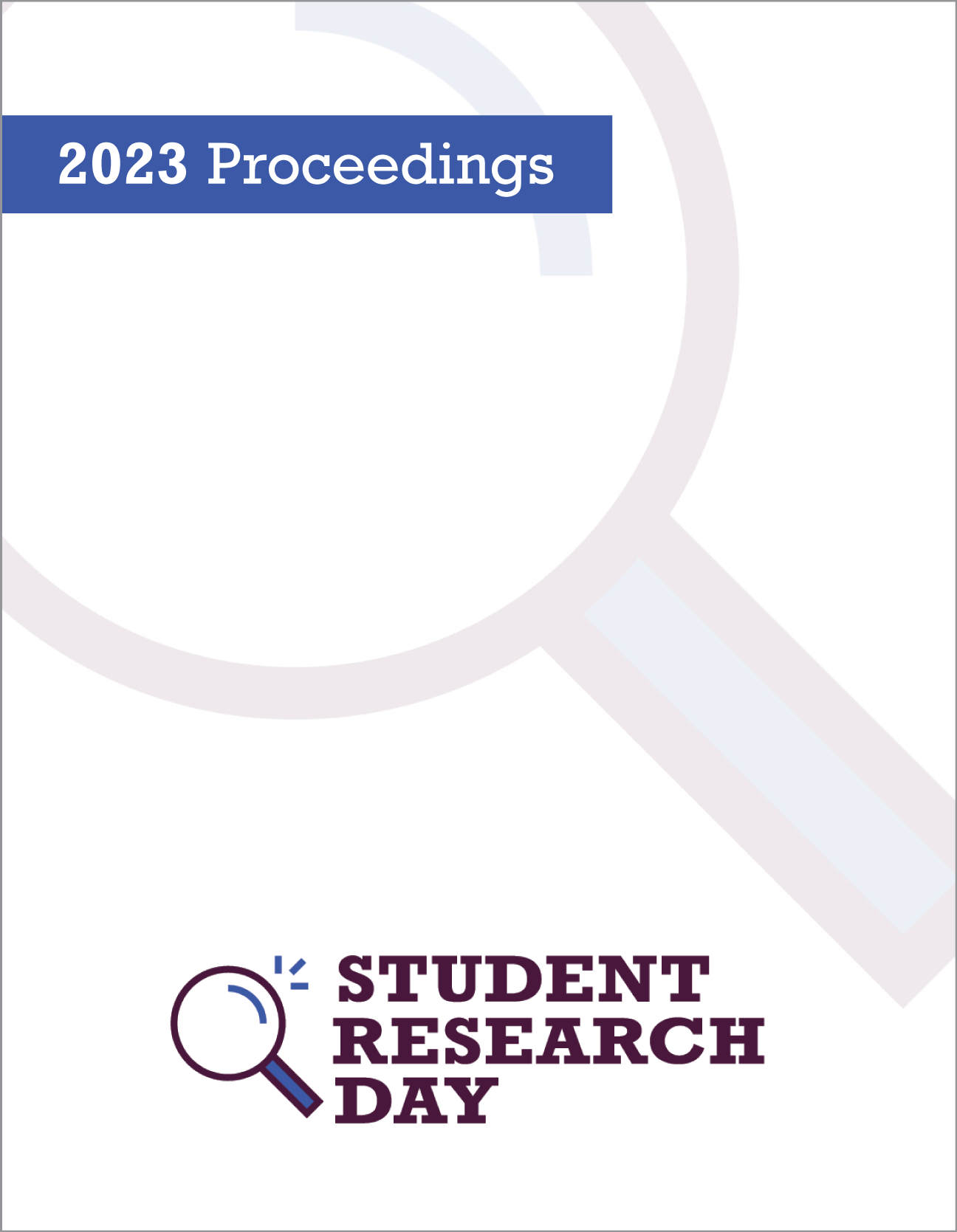Examining how different sensory inputs impact motor learning
Abstract
During prism adaptation, a participant reaches to a target while wearing glasses that shift their vision horizontally (e.g., to the right). During the first few reaches, the participant misses in the direction of the prism shift. However, after many trials, the participant adapts to the prism shift by reaching further leftward to compensate for the rightward shift in vision. Recent work in our lab has shown that participants demonstrate a “congruency effect” such that they show larger adaptation aftereffects when the hand used and the direction of prism shift are “congruent” (e.g., right hand adapting to rightward shifting prisms), compared to incongruent (e.g., left hand adapting to rightward shifting prisms). In the current study, we investigated what sensory feedback signals might be important for eliciting the congruency effect by manipulating whether participants could see their hand (i.e., concurrent feedback), or could not see their hand (i.e., terminal feedback), under either congruent or incongruent adaptation conditions. Following prism exposure, we measured aftereffects for proprioceptive changes in both sensed arm position, using straight-ahead pointing and target directed pointing, and sensed eye position, using visual straight-ahead. We observed a significant congruency effect for target directed pointing following prism adaptation, independent of the visual feedback condition. In addition, although, we observed significant aftereffects in the visual straight-ahead task following adaptation, we did not observe a congruency effect. These results suggest that the congruency effect is primarily related to proprioceptive changes in limb position, but not eye position.
Faculty Mentor: Dr. Christopher Striemer
Published
Issue
Section
License
Authors retain any and all existing copyright to works contributed to these proceedings.



